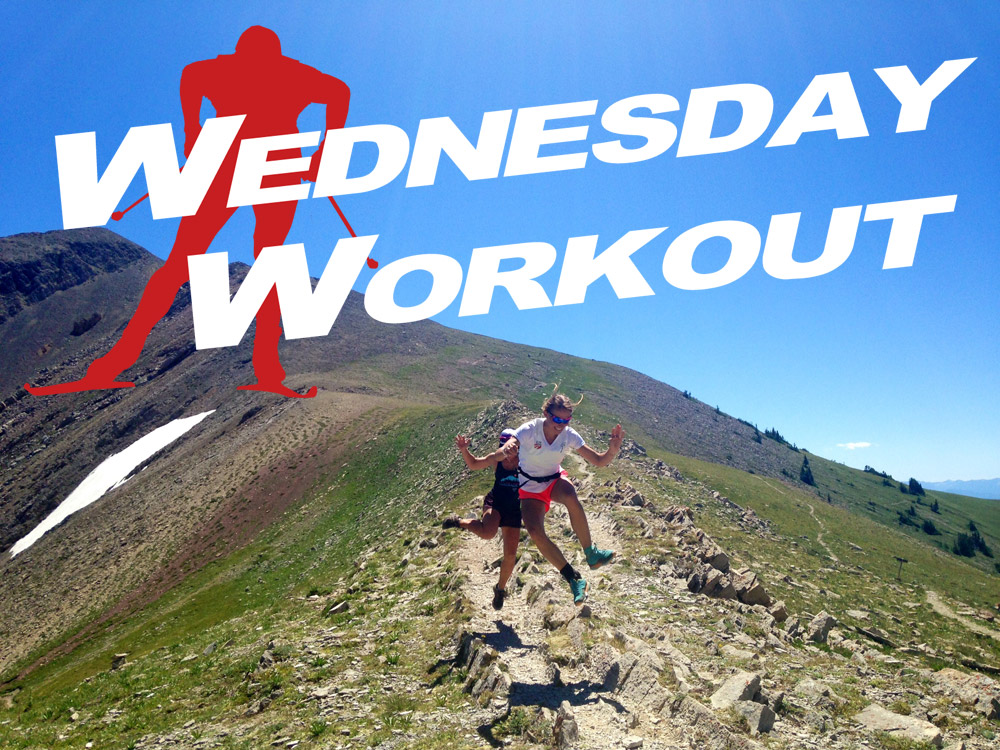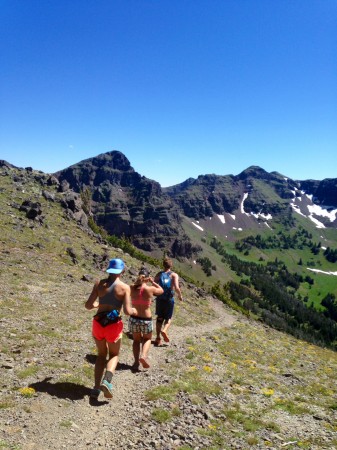
As nordic skiers we are extremely ambitious, especially when it comes to our training plans. While there’s nothing wrong with aiming for many hours filled with intensity and distance during our volume weeks, it’s important to remember to be just as enthused with our recovery weeks.
Recovery weeks are meant to allow our bodies to absorb the volume or intensity we’ve worked so hard for. By taking it easy we not only help our muscles soak up our hard work, but we also can allow ourselves to do things we might not be able to whilst in the middle of an intensity block.
I was reminded of this fact when U.S. Ski Team member Sophie Caldwell came to Bozeman, Mont., after an intense two weeks in Alaska where athletes logged 25-plus-hour weeks both in Anchorage and on-snow at Eagle Glacier.
While the 24-year-old Caldwell is gearing up for another season on the World Cup circuit, the main thing she wants to achieve during the next few weeks is recovery.
“I think the most important thing is to rest,” she said. “We were all exhausted after that camp. It’s easy to trick yourself into thinking ‘one day off and I’m ready to go again,’ but it takes more than that.

“I took off some time at home and let the training sink in,” she added. “These next couple weeks I have adventuring on my training plan. The idea is to get a lot of easy hours which is perfect for coming out here because we’ve been going on big hikes every day.”
Since arriving in Bozeman, Caldwell and her sister Isabel have joined their cousin Anya Bean, myself, and group of other adventurers in climbing iconic Bozeman mountains including Mt. Blackmore, Garnet Peak, Sacajawea Peak, Hardscrabble Peak, and the Sphinx.
While someone like myself may have to work a little harder to keep up, these hikes serve as the perfect form of active rest for the 2014 Olympian.
It is important, however, to remind your legs what intensity feels like during a resting period. According to Caldwell, a key component of these recovery week adventures is to add a little Level-3 interval for 10 minutes into her adventures.
“It wakes the body up and helps it remember how to go hard,” Caldwell explained. “After you do a lot of easy distance it starts to feel good but you get a little flat and forget how to push. So every once and a while you want to try something like that to remind yourself that you know how to go hard.”
Regardless of where you are in the world, you too can find some great recovery adventures to make sure that you’re taking in some active rest. Whether it’s hiking a nearby peak, riding your favorite route or trail, or swimming in a local lake, active recovery is always accessible. Just make sure to include some Level-3 intensity every now and then to keep the legs fresh.
A key component of these recovery-week adventures is to add a little Level-3 interval for 10 minutes. “It wakes the body up and helps it remember how to go hard.” — Sophie Caldwell, 2014 Olympian and U.S. Ski Team member
Lander Karath
Lander Karath is FasterSkier's Associate Editor from Bozeman, Montana and a Bridger Ski Foundation alumnus. Between his studies at Middlebury College in Vermont, he is an outdoor enthusiast and a political junkie.



